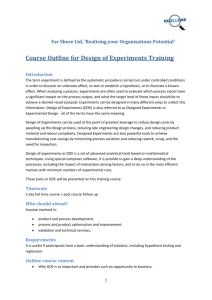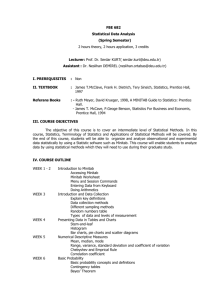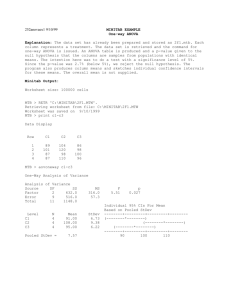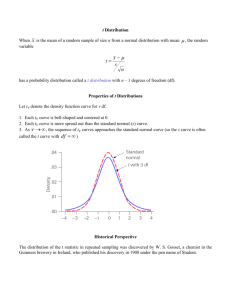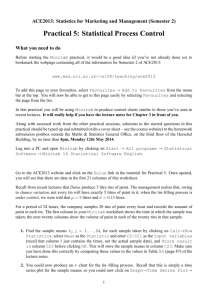Six Sigma Black Belt - University Alliance
advertisement
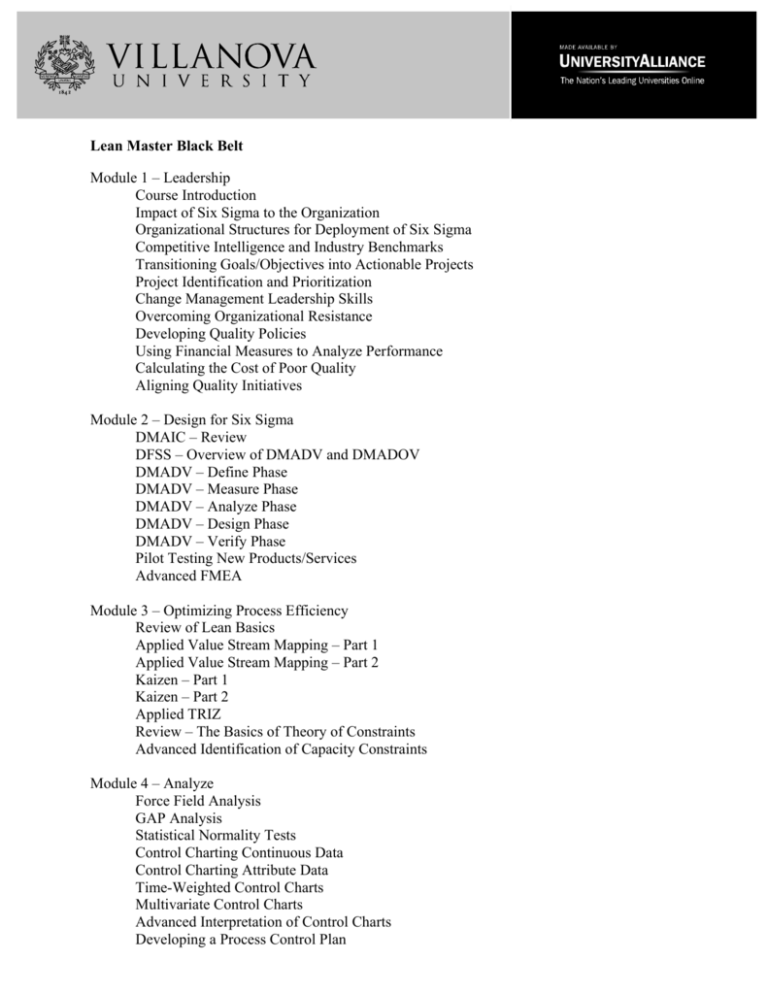
Lean Master Black Belt Module 1 – Leadership Course Introduction Impact of Six Sigma to the Organization Organizational Structures for Deployment of Six Sigma Competitive Intelligence and Industry Benchmarks Transitioning Goals/Objectives into Actionable Projects Project Identification and Prioritization Change Management Leadership Skills Overcoming Organizational Resistance Developing Quality Policies Using Financial Measures to Analyze Performance Calculating the Cost of Poor Quality Aligning Quality Initiatives Module 2 – Design for Six Sigma DMAIC – Review DFSS – Overview of DMADV and DMADOV DMADV – Define Phase DMADV – Measure Phase DMADV – Analyze Phase DMADV – Design Phase DMADV – Verify Phase Pilot Testing New Products/Services Advanced FMEA Module 3 – Optimizing Process Efficiency Review of Lean Basics Applied Value Stream Mapping – Part 1 Applied Value Stream Mapping – Part 2 Kaizen – Part 1 Kaizen – Part 2 Applied TRIZ Review – The Basics of Theory of Constraints Advanced Identification of Capacity Constraints Module 4 – Analyze Force Field Analysis GAP Analysis Statistical Normality Tests Control Charting Continuous Data Control Charting Attribute Data Time-Weighted Control Charts Multivariate Control Charts Advanced Interpretation of Control Charts Developing a Process Control Plan Module 5 – Advanced Inferential Statistics Review of Hypothesis Testing Confidence Intervals and Point Interval Estimates Review of Most Commonly Used Distributions Review of Other Advanced Distributions Hypothesis Testing for Proportions Mann-Whitney Test Levene's Test Mood's Median Test Friedman's Test Review of Simple Regression Method of Least Squares Multiple Regression One Way ANOVA Two Way ANOVA Module 6 – Design of Experiments – Part 1 KPIV and KPOV Review of Basic Design of Experiments Review of Main Effects Plots and Interaction Plots Design of Experiments Setup Selecting the Optimal Design Design of Experiments Strategy Screening Designs Fold-Over Design Module 7 – Design of Experiments – Part 2 Response Surface Methods Use of Replication to Estimate Error DOEs with Two or More Response Variables Mixture Designs Review of Taguchi Designs Blocking Nested Designs and Difficult to Change Variables Problems to Avoid in Design of Experiments Developing Optimal Project Metrics Data Mining Measurement Systems Analysis Gage Repeatability and Reproducibility Data Collection and Training Attribute Gage Study and Kappa Statistic Sampling Strategies Module 9 – Minitab Application Introduction to Minitab Minitab Statistics Design of Experiment – Part 1 Design of Experiment – Part 2 Minitab Control Charts for Variables and Attributes Minitab Quality Tools Minitab Graphs Minitab Project Application Module 10 – Training, Coaching, and Development Idea Generation/Creativity Techniques Resource Allocation – Managing Black Belts Decision Making Solutions – Evaluating Alternatives Decision Making Tools Training Needs Assessment Technique for Evaluating Training Effectiveness Employee Empowerment and Motivation Techniques Rewards and Recognition Module 11 – Customers and Suppliers Applied VOC and CTQ – A Review House of Quality Customer Retention and Loyalty Supplier Relationships Strategies for Supplier Selection Negotiation Techniques Supplier QA and Performance Cultural Issues in Cross-Cultural Deployments of LSS Module 12 – Industry Leadership and Professionalism Malcolm Baldrige National Quality Program ISO 9001 The Shingo Prize Model Major Industry Awards Developing and Utilizing a Professional Network Advanced Presentation Skills Career Path for MBBs Within the Organization Course Wrap-up


